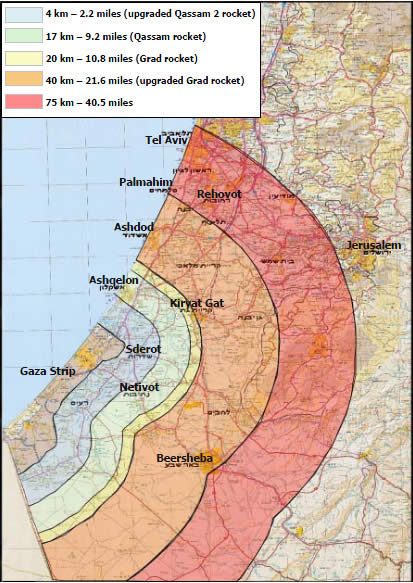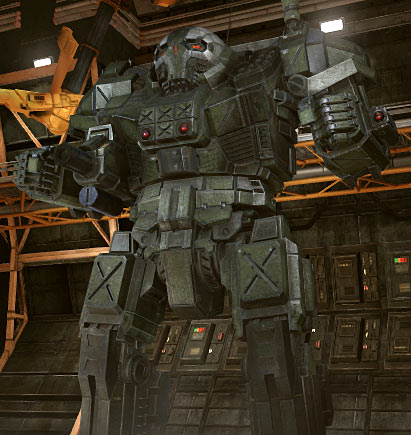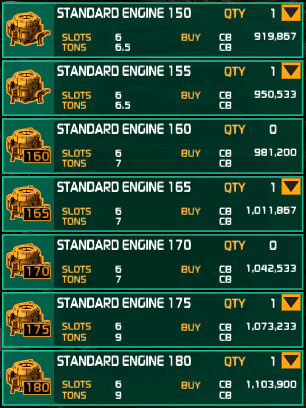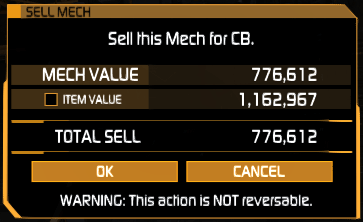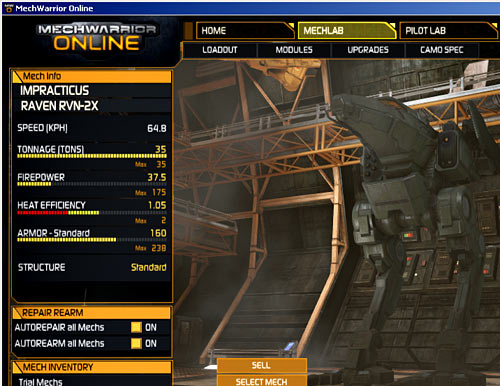A reader writes:
I've been searching the internet (including your articles) for information on putting together a simple back-up power supply for my central heating system. One that when the power fails (which it will here in Greece when we get a good old storm), I just go down to the boiler room, disconnect the boiler system from the mains and hook it up to a back-up supply (for the two or three hours that it takes to get the utility repair man out of the taverna, up the pole and get my 230v back on line). Automatic systems are all very well, but isn't it nice to know what is actually going on, and also be in charge!
Most of the back-up power systems that I have found on the internet seem to be designed for computer systems (oh, and maybe a fridge). Well when it's wet and cold here and the power goes down, I am more interested in keeping warm than keeping my beer cold (although I do understand the importance of the later) and if my computer doesn't work, well, I still have my Ipod.
The reason I need back-up power is because my oil fired central heating system has a wood burning stove linked to it and must keep the system (in particular both the pump and the system controls) running. The boiler is rated at 140w, the pump 160w, 5 motorised valves 30w and the control box and lamp 70w - 400w in total.
Is there such a back-up supply suitable for my heating system or do I put up with shivering, writing unnecessary e-mails in the dark over a can of cold beer?
Bill
Anything involving monkeying with heating systems raises red flags with me, but I'm pretty sure I'm not about to give you advice that will lead to your death. I have, however, been repeatedly demonstrated to have very poor judgement in this regard. (Some friends of ours have officially notified their small children that not everything Daniel says should be accorded the same respect as things said by other adults. They were fine with this, though.)
There may also be some local law that makes this illegal, or requires a licensed electrician to install it, or something; I know nothing of Greek law.
OK, disclaimers over. If you're happy to have a setup that you have to go into the boiler-room to connect, then I think the best option would be an appropriately robust petrol-powered generator. You have to duct the exhaust outside, of course, or set the generator itself up outside. (It might be possible to plumb the generator exhaust into the boiler flue or something, but this could also be another piece of extremely dangerous advice.) Apart from the exhaust issue, though, it'd probably work nicely. Modern generators from the major manufacturers are reliable, quiet and not even all that expensive.
(Generators that serve the purpose of a UPS, cutting in automatically when power fails, are fancier and more expensive. Way more expensive, if you want one that won't give you even half a second of blackout.)
You could probably also use a suitably large off-the-shelf UPS, though, if the tromping into the basement and switching the cables and pulling the starting rope starts to pall. The wattage figures on your heating system's specification stickers are, like most such figures, likely to be over-estimates, so it's possible a quality UPS with as small a rating as 700 volt-amps (which are not quite the same as watts, as I discuss here) could do the job.
The power-rating issue is the same for generators as for UPSes, but I think generators are better at handling the initial "inrush" current when a motor starts. That can be high enough to cause a UPS to beep and shut down, even if the UPS is perfectly able to power the motor if it's already running. This is particularly the case for refrigerators, whose run power is quite low but whose compressors suck a lot of watts for a brief moment when they click on. A UPS trying to power such a motor will therefore work OK if you lose power when the motor's already running, but not if the motor needs to start from UPS power. In the same situation, a similarly marginal generator should just bog down and deliver lower voltage than it's meant to, which is in this case perfectly fine and should let the motor start up with no trouble.
The solution to this whole problem is, of course, to just get a UPS or generator with a higher volt-amp rating, or with a specific high surge capability that it may only be able to deliver for one second, but that'll do. A "home"-model UPS or small generator rated for a genuine 1500 VA (as opposed to the suspiciously high numbers on suspiciously cheap off-brand UPSes) might be adequate; if you turn out to need more than that, and decided to go with a UPS, then you'd have to pay extra for a commercial-market one.
Easy enough to find out what works, of course, if you can get a local dealer to let you borrow likely-looking generators and/or UPSes and try them out. Overload won't actually damage any half-decent UPS or generator; at worst, they'll just complain and shut down.
The real killer for a UPS solution would be run time. Generators can run for as long as you have fuel, of course, but three hours is a long time for a home-or-small-office UPS to be delivering a few hundred watts. Smaller UPSes may even overheat and die in such a situation.
If we presume the constant draw is, say, 400 watts, then that for three hours is 1200 watt-hours, and the battery-to-UPS-to-appliance chain is not 100% efficient, so you'd need more than 1300 watt-hours of batteries to get it done. The capacity of the standard little sealed-lead-acid brick batteries in small UPSes is maybe 90 watt-hours. Less, actually, if you don't want them to die young; standard lead-acid batteries don't like being run flat.
Commercial UPSes can usually be had with extended batteries, but regular readers will know that I recommend just hooking up some car batteries instead. The very cheapest car batteries are still good for 240 watt-hours or more, so it'd be inelegant but feasible to build an array out of them that could meet your needs.
Drop some extra dough on quality "deep-cycle" batteries that are actually meant to do this kind of job and you can easily get well over a thousand watt-hours from one 12V battery that two normal humans can probably move. Graduate to proper industrial batteries that only strongman contestants can move by themselves and you probably won't actually get a whole lot more capacity per kilogram, but probably will get a setup that'll work for many, many years with no more maintenance than an occasional distilled-water top-up. Industrial batteries and a commercial UPS should actually easily outlive a generator.
The smallest batteries in the current Trojan Industrial Line, for instance (PDF here), are six-volt with a 355-amp-hour rating even if you're running them flat over only five hours; two of those in series will give you 4000 watt-hours at 12 volts even into quite a large load.
But, again, none of this is necessary if a generator's acceptable to you. Since you specifically asked for a system that requires you to switch it over manually, a standard, quite inexpensive pull-start generator looks like just what you want.
(I invite commenters to point out the many ways in which I have, in the above, unknowingly endangered Bill's life.)
